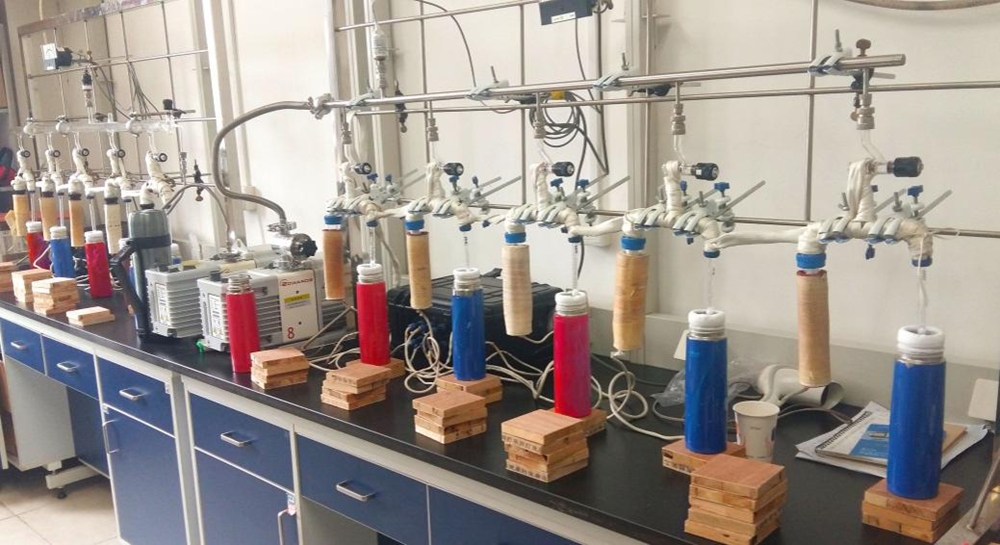Soil water hydrogen and oxygen stable isotopes (δ2H and δ18O, respectively) have broad applications in ecological studies, which relies on the accurate extraction of unfractionated water from different types of soils. The cryogenic vacuum distillation (referred to hereafter as CVD) is the laboratory-based technique most widely used in eco-hydrological studies. However, the reliability of this technique in reflecting soil water δ2H and δ18O is still of concern.
In a study published in Methods in Ecology & Evolution, researchers from Xishuangbanna Tropical Botanical Garden (XTBG) and their collaborators assessed the reliability of CVD techniques on soil water extraction, and evaluated the potential influences of cryogenic extraction on plant water source partitioning. They examined an automatic cryogenic vacuum distillation (ACVD) and two traditional extraction (TCVD) systems.
The researchers oven-dried 225 soil samples containing various rates of clay particles, doped with deionized water, and cryogenically extracted using ACVD and TCVD systems. They then performed a sensitivity analysis of plant water uptake under four types of input data among seven sites.
Compared with the TCVD, the newly designed ACVD technique could have similar or better performance. However, the two CVD techniques did not achieve unfractionated soil water δ2H and δ18O in laboratory. Meanwhile, the isotopic offsets of CVD techniques were correlated with soil clay contents and soil water contents of the extracted soil materials.
"The wide use of CVD techniques probably induced noticeable uncertainties in predicting plant water uptake depths,” said Dr. SONG Liang of XTBG.
Sensitivity analysis showed that the use of soil data corrected by CVD offsets improved the prediction performance on plant water uptake. The isotopic offsets of CVD systems were positively correlated with soil clay content, and negatively correlated with soil water content.
"Our findings will have important implications for further studies, which can provide a new solution for promoting the prediction of plant water sources,” said SONG Liang.
Contact
SONG Liang Ph.D Principal Investigator
Key Laboratory of Tropical Forest Ecology, Xishuangbanna Tropical Botanical Garden, Chinese Academy of Sciences, Mengla, Yunnan 666303, China
E-mail: songliang@xtbg.ac.cn
First published: 08 May 2023

The cryogenic vacuum distillation system. (Image by YANG Bin)

